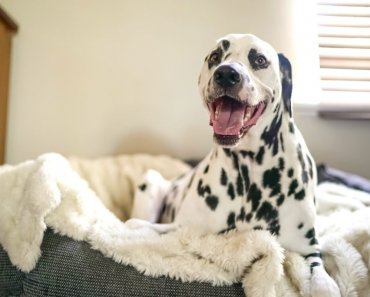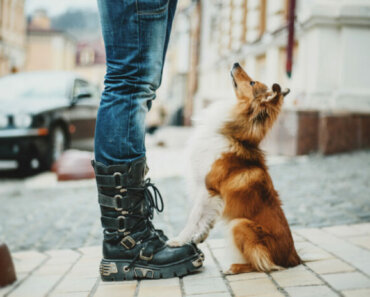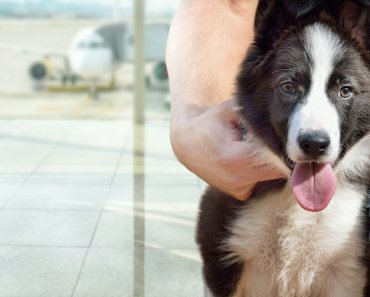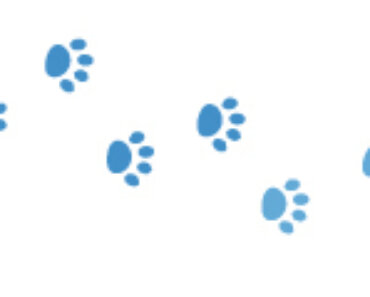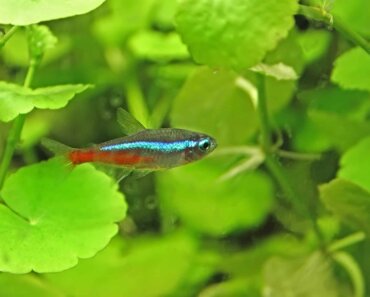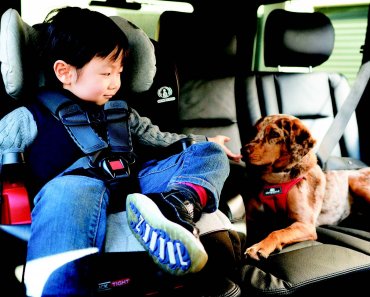Going to the vet can cause fear, anxiety and stress in both animals and their humans…and that may result in less-than-optimal care, or even avoidance when it comes to making appointments. The Fear Free initiative addresses these problems by making vet visits less stressful for everyone involved.
You may have come across the term “Fear Free” over the last few years, and wondered how it relates to you and your dog or cat. This educational veterinary initiative is aimed at reducing fear, anxiety and stress in animals, thereby providing an elevated experience for everyone involved, including dogs and cats, their human families, and veterinary professionals. Fear Free® is veterinary care that focuses on the whole animal, providing compassionate care for both physical and emotional health and well-being during every vet visit. Let’s look at how Fear Free got started, and how it’s making vet visits less stressful for dogs and cats everywhere.
How the Fear Free idea was born
Fear Free was founded in 2016 by veterinarian Dr. Marty Becker. With the slogan “taking the ‘pet’ out of ‘petrified’”, its mission is to prevent and alleviate fear, anxiety and stress (FAS) in animals by inspiring and educating the people who care for them, from vets to guardians to other animal professionals.
Dr. Becker’s light-bulb moment occurred in 2009 when he heard veterinary behaviorist Dr. Karen Overall lecture about how dogs and cats, as dependent beings, endured whatever treatments were thrust upon them against their will. “No one considered that these pets were subjected to serious, repetitive, and destructive emotional damage as a result,” says Dr. Becker. “Everything changed for me when I heard Dr. Overall say, ‘Fear is the worst thing a social species can experience, and it causes permanent damage to the brain.’ Before I left her lecture that day, my heart, mind, focus, commitment and mission changed. If fear is the worst thing, then Fear Free would be the best thing.”
 Effects of FAS on veterinary care
Effects of FAS on veterinary care
Vet visits have long been associated with FAS (see sidebar at right). One study revealed that 40% of cats hadn’t been to the vet in more than a year, and neither had 15% of dogs, thanks to the effects of FAS. Additionally, 58% of cat guardians and 38% of dog guardians say their animals hate going to the vet. And the angst surrounding vet visits isn’t limited to animals, since 38% of cat guardians and 26% of dog guardians get stressed just thinking about it!
In other words, as FAS affects the animal’s emotional and physical well-being, it also affects the quality and frequency of veterinary visits. When a dog or cat is upset, the veterinary visit is shortened, and diagnostic tests can be skewed or skipped. Heart and respiratory rates increase, blood glucose rises, and pain perception is diminished as the animal tries to flee the situation. As a result, the animal and the people involved are more likely to be injured.
The bottom line is that dogs and cats can’t receive quality care when they’re affected by FAS – especially when they don’t show up at all.
 Fear Free in action
Fear Free in action
The traditional “this is how we’ve always done it” approach has failed many animals and people. Fear Free protocols incorporate a kinder and gentler approach to veterinary care by putting the animal’s needs first and including the guardian in the process. By doing so, both animals and people become calmer and less stressed about trips to the vet (or the groomer, trainer, etc.).
- Communication is at the heart of the Fear Free initiative. It builds trust and also extends to animal guardians, the veterinary team, and other animal professionals.
- Reducing FAS is crucial. We first have to recognize how cats and dogs express fear, anxiety and stress through overt and subtle body language. Visible signs of FAS fall within three categories — physiologic, body position and vocalization – and these signs can differ between dogs and cats. Signs of FAS can include trembling, crying, freezing, flattened ears, panting, etc.
- Understanding how animals perceive and respond to their world is vital, and allows us to change how we interact with them and create a better environment for them, whether it’s at the veterinary clinic, at home, or anywhere else. Animals interpret their environments through the sensory systems of sight, scent, sound, taste and touch. Using this knowledge, the goal is to create a positive experience for the dog or cat by eliminating or reducing negative anxiety triggers while associating good things with veterinary visits.
- High-value treats are a mainstay, since food is a mighty motivator.
- Other rewards include toys, petting, or brushing – whatever is of high value to the individual animal.
- Natural products to aid calming, such as synthetic pheromones, calming supplements, aromatherapy, pressure wraps and species-specific calming music, are also used.
- Dogs are examined on non-slip rubber flooring where they are more comfortable, rather than on cold, stainless steel exam tables. For cats, exam tables are covered with soft fleecy blankets for cats; they also have the option of staying in their carriers, sitting in a cozy box. or exploring the room if they’re adventurous.
- Animals have a very strong sense of smell, so odors need to be removed by using enzyme or bacterial odor eliminators. Harsh chemicals, like bleach, are avoided, not only because they are anxiety triggers but also because a 1% beach solution is sufficient to kill olfactory neurons, which take three to four days to regenerate.
The Fear Free approach reduces FAS and includes a compassionate focus on the physical and emotional health and well-being of animals – and by extension, ourselves. When our dogs and cats are freer of fear, anxiety and stress, visits to the veterinary office become much easier and more comfortable for everyone!



